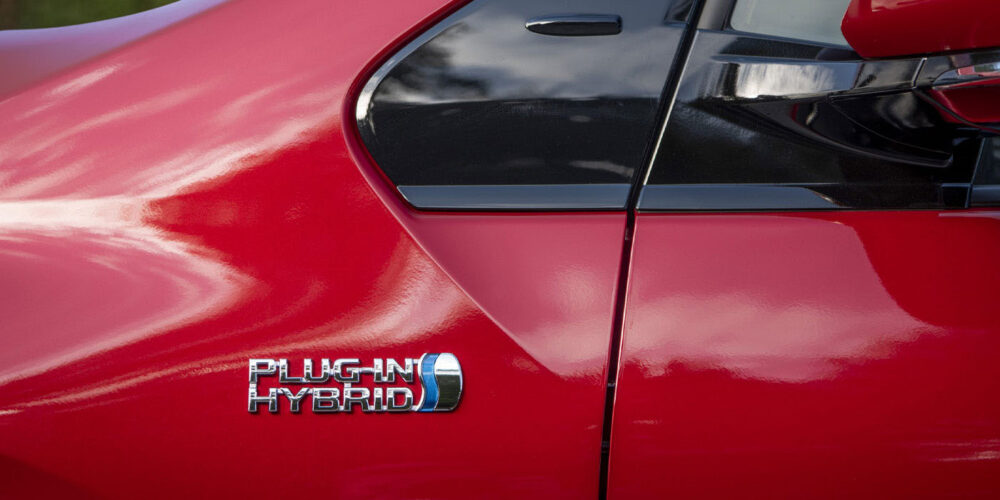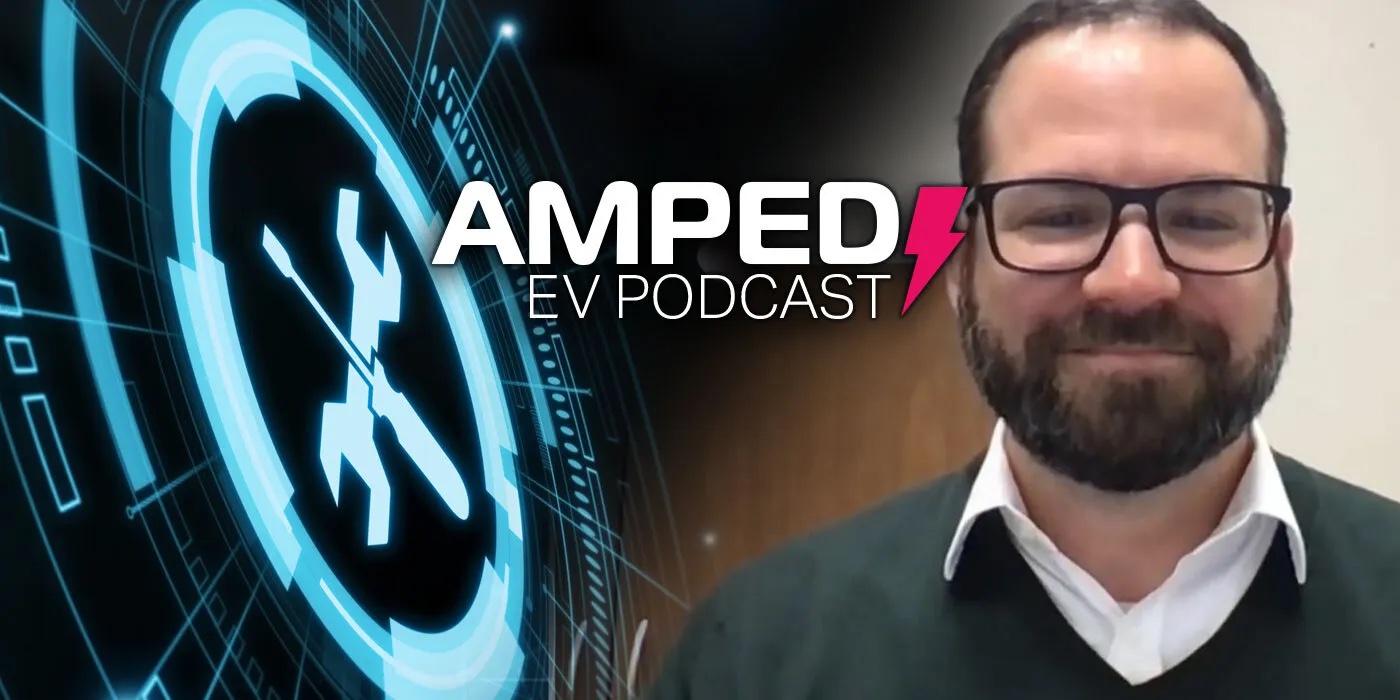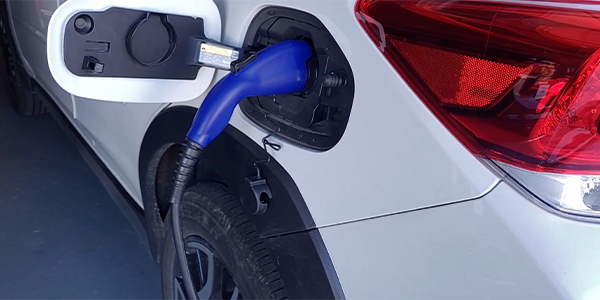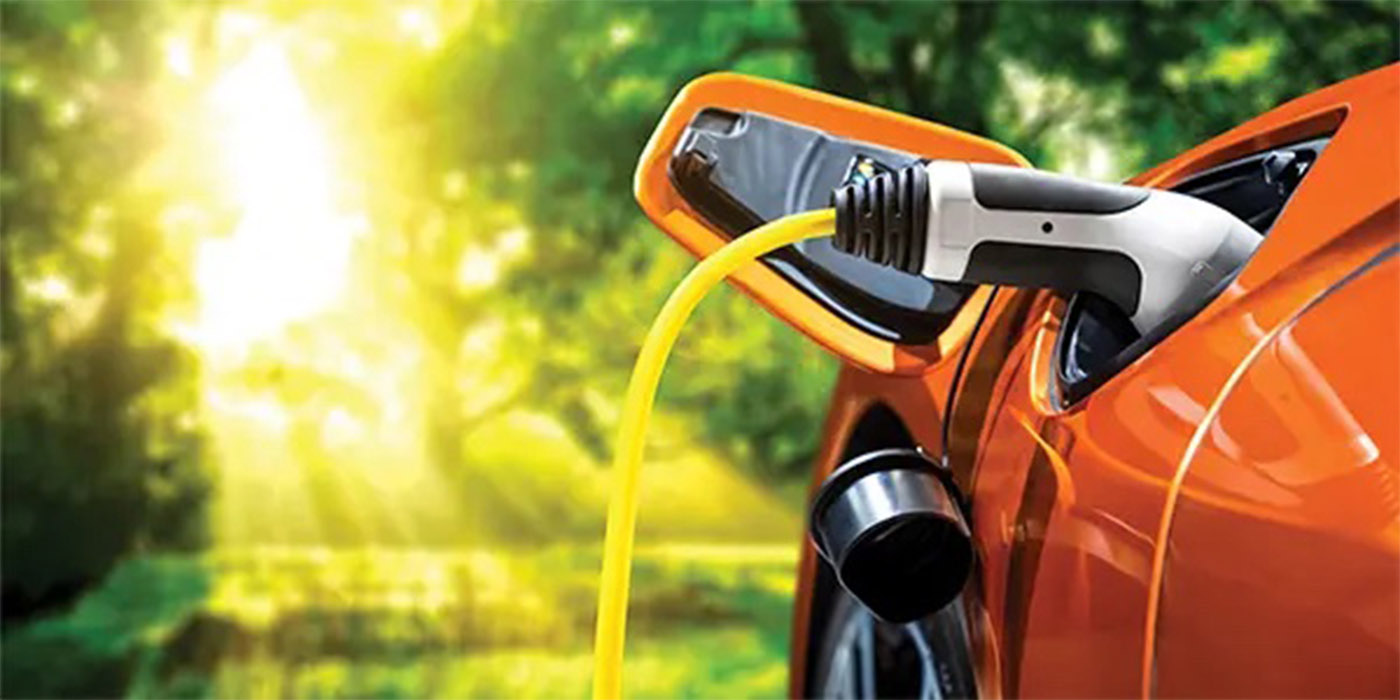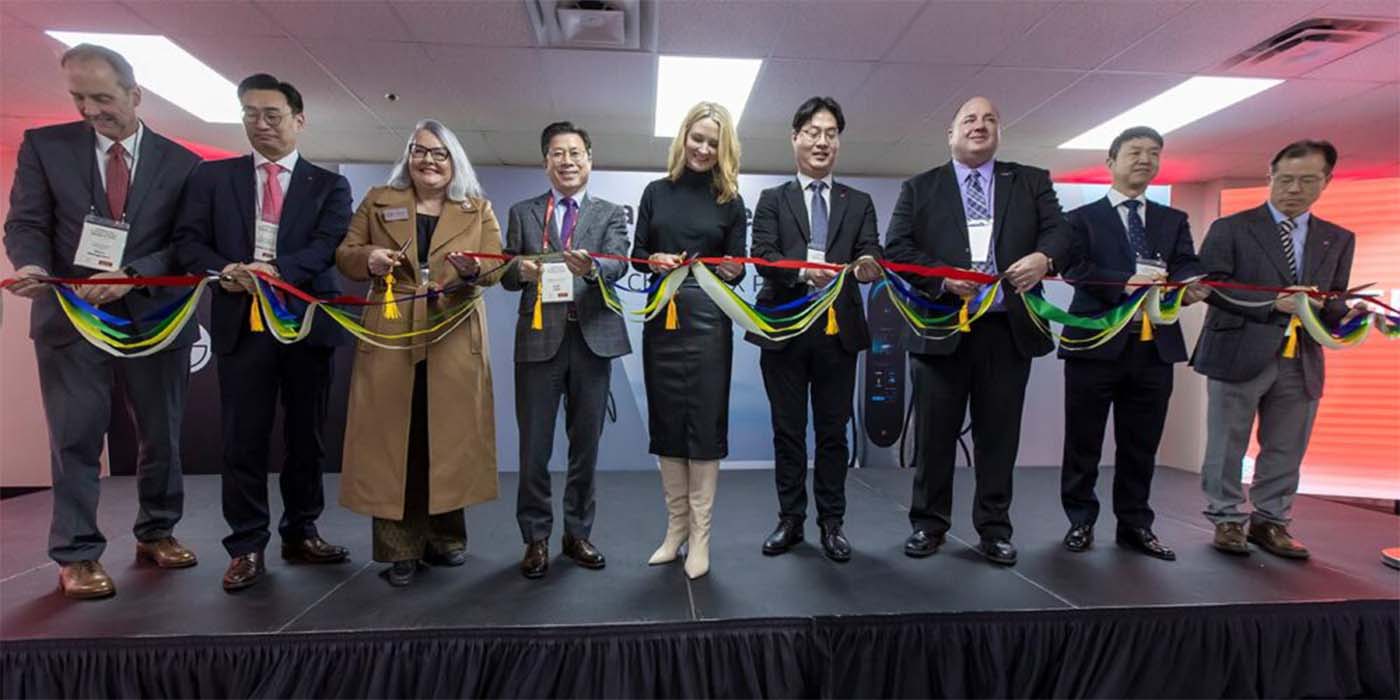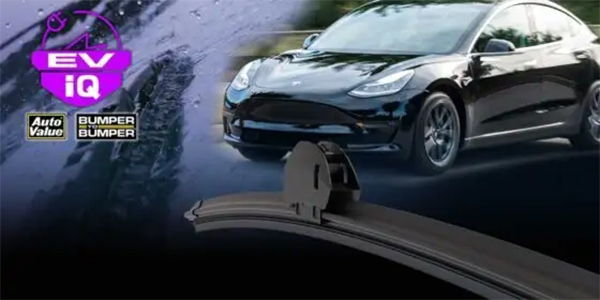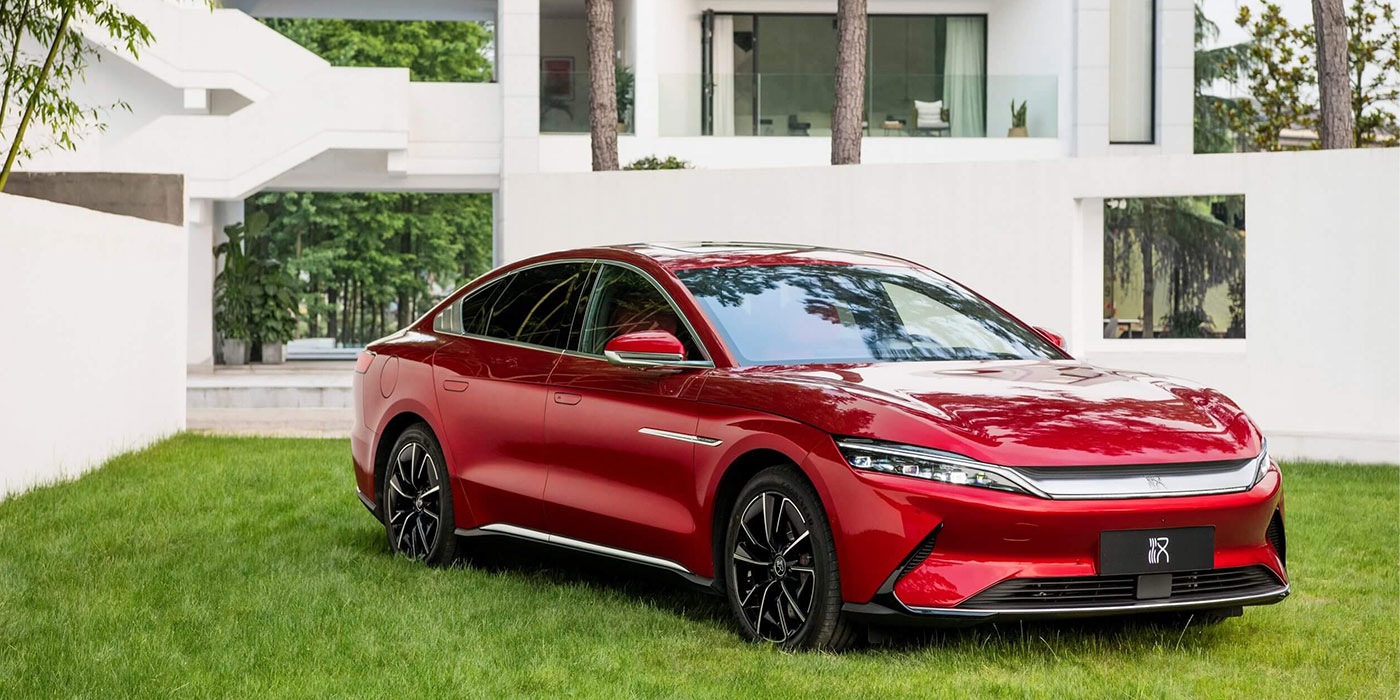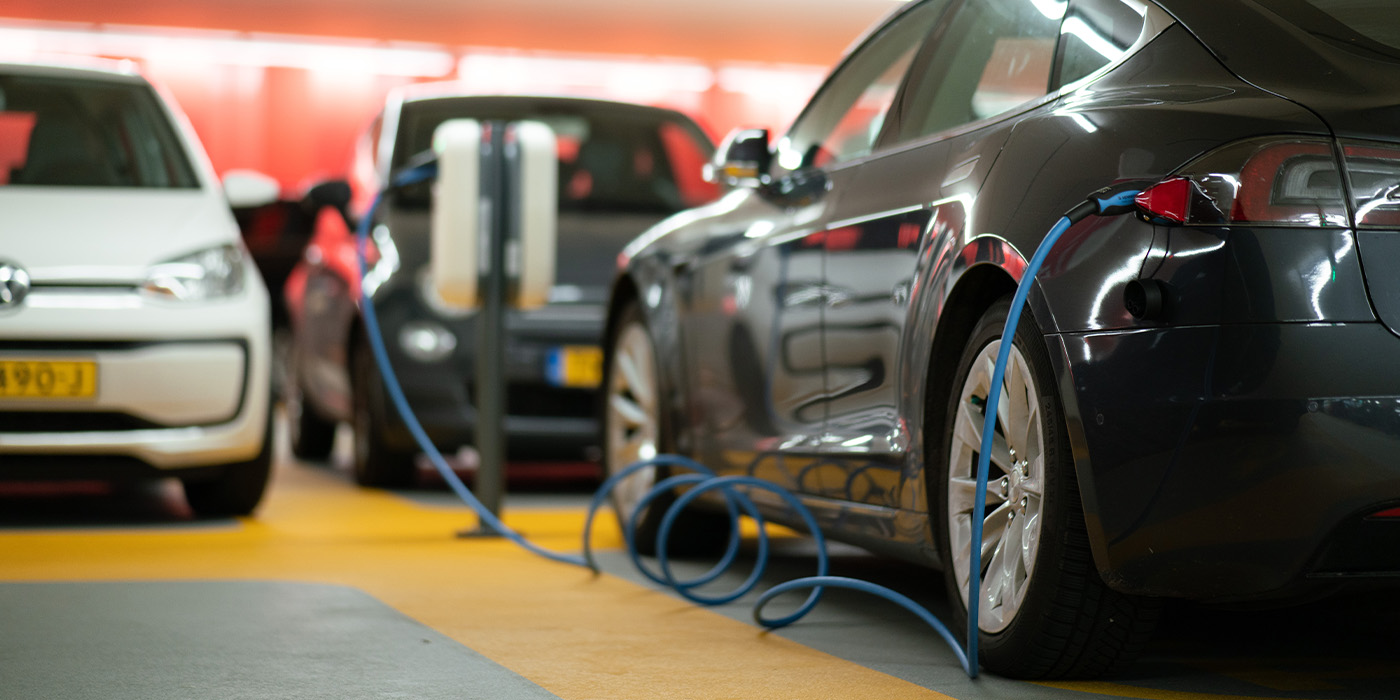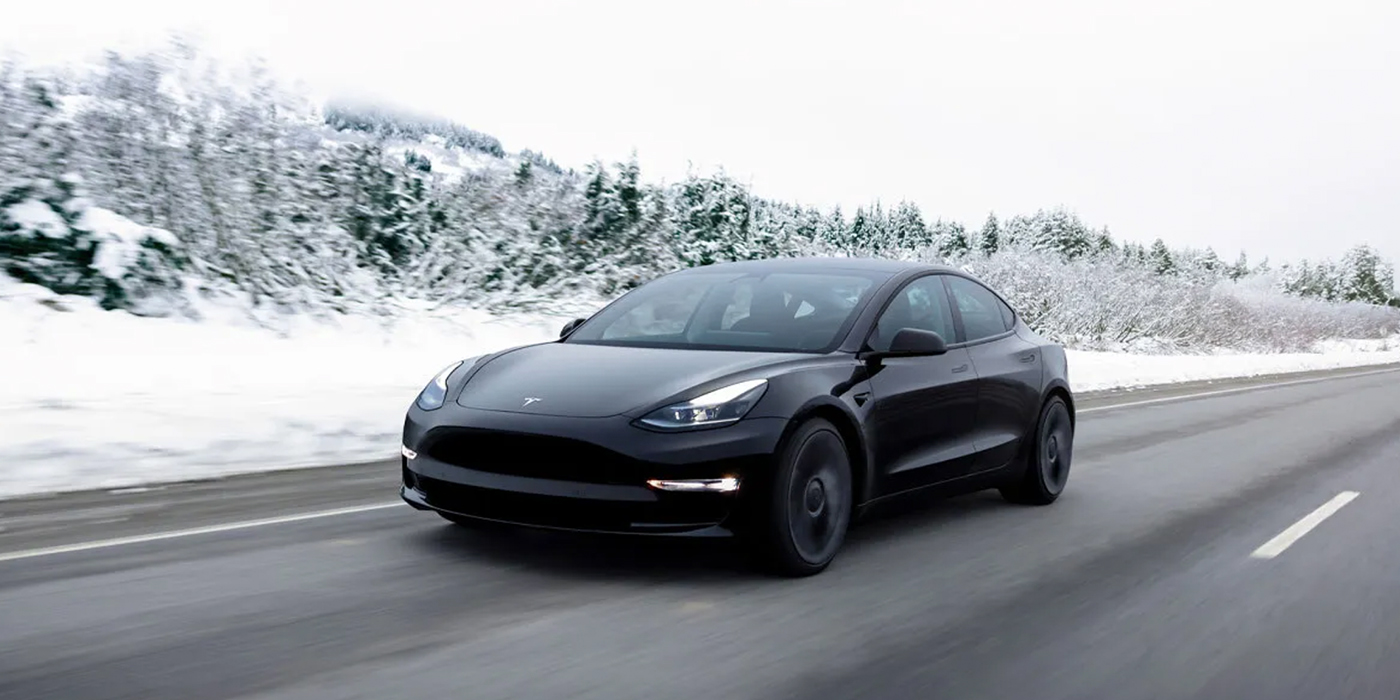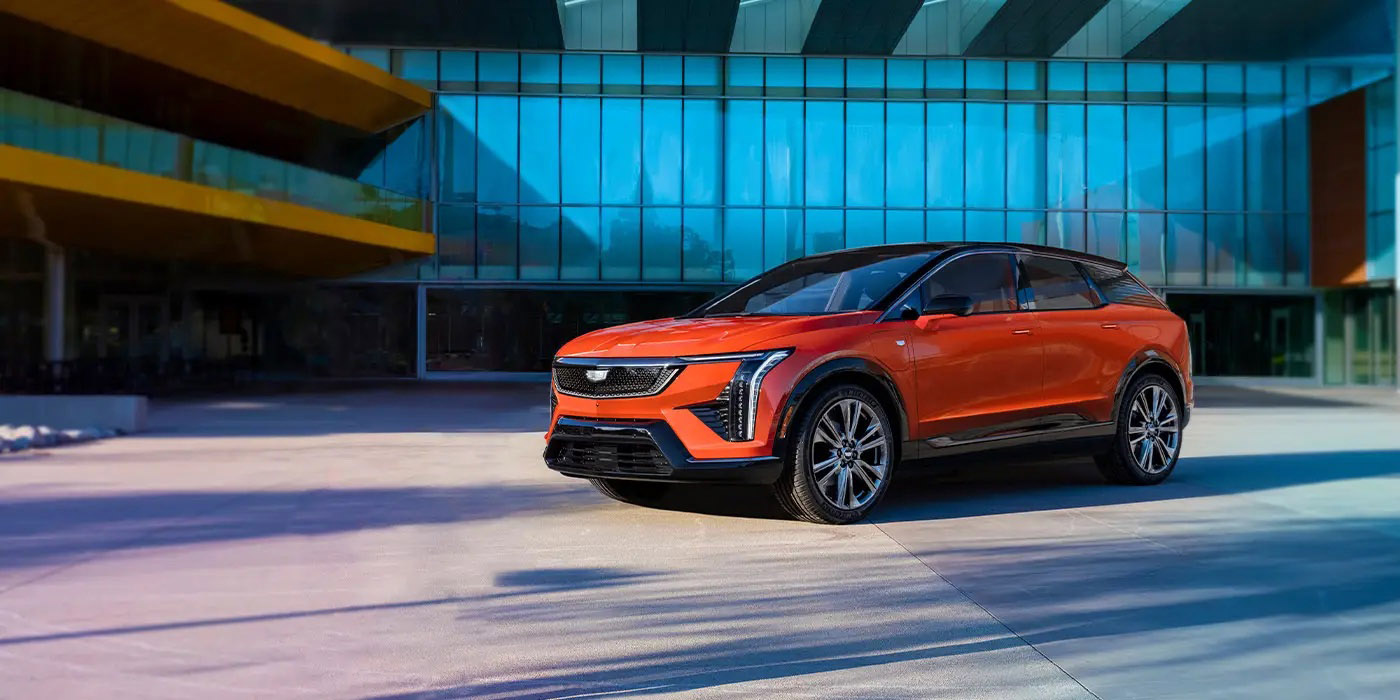Forward-thinking organizations like Frito-Lay, Google, Hertz and Staples have embraced plug-in hybrid vehicles (PHEVs) for more than a decade, showcasing their commitment to a greener future. This year, PHEV sales in the United States surged by 20%, and there are now more than 860,000 PHEVs on the road. Their popularity is fueled by the flexibility that PHEVs provide to drivers, who can use 100% electricity for short trips, and avoid range anxiety during longer voyages when the vehicle switches over to gas.
PHEVs typically cost more than their internal combustion engine (ICE) counterparts. For example, an ICE Chrysler Pacifica touring starts at $37,620, whereas the plug-in hybrid model is $51,095. Some of this difference can be made up in generous federal and state tax credits, but most of the extra cost is recouped over the vehicle’s lifetime through lower gas and maintenance costs. However, these savings, as well as the environmental benefits of PHEVs, vanish when fleet drivers fail to charge and become overly reliant on the gasoline engine.
The environmental and financial consequences of a laissez-faire approach
The average American vehicle emits approximately 4.6 metric tons of carbon dioxide (CO2) driving 11,500 miles each year. Fleet drivers who navigate 70 miles daily potentially contribute nearly double those emissions, especially if they operate larger vehicles such as SUVs, minivans or trucks. PHEVs offer an opportunity to mitigate these emissions effectively in all-electric mode, as they produce zero tailpipe emissions. With a battery range of 30 miles, a daily fleet driver can drive 7,500 miles by charging nightly, and even more if they recharge the electric battery on the go.
However, the same battery technology that makes PHEVs better for the environment overall make the vehicles heavier and correspondingly less fuel efficient when running exclusively on gas. Their heavier bodies also wear out tires more quickly and add more tire particulate to the environment. Finally, PHEVs require more material to manufacture, so their initial environmental footprint is larger. As a result, when PHEVs are not used as intended they are actually worse for both the environment and a company’s bottom line than their gas vehicle counterparts.
How much money and CO2 is at stake depends on a number of factors, such as the vehicle make and model, how far it is driven, the cost of gas, and off-peak electricity rates at an employee’s home. You can use the PHEV fleet cost savings calculator to estimate the specific cost in your situation. In any case, the numbers add up quickly. A business with 50 drivers traveling 7,500 miles a year or more would save $15,600 and cut 73.5 tons of CO2 from the environment each year by requiring those drivers to plug in at home, using the national averages for electric rates and gas.
The savings can be even more significant in areas with high gas prices, like California, or low home utility rates, like Washington and Utah. For example, in Baltimore, where the average gasoline price currently stands at $3.77, and the off-peak residential electricity rate is a mere $0.09 per kilowatt-hour, having employees plug in could save the same company $26,875 a year ― more than $500 per vehicle.
How to encourage PHEV charging behavior for fleet drivers
It is important for fleets to take a pro-charging approach. The more a PHEV fleet vehicle is charged, the larger the savings. Best practices should include:
- Installing charging infrastructure at work. Installing Level 2 or other fast chargers on-site makes charging convenient for PHEV drivers coming into work to recharge upon arrival at the office. As the company covers electricity costs, there is no need to reimburse drivers for on-site charging. Various tax credits, grants, rebates, and creative financing options can offset installation expenses.
- Facilitate on-the-go charging. Despite the higher cost, public charging remains more economical and environmentally friendly than gasoline. Ensure that fleet drivers on long routes or regular out-of-town trips are well-informed about charging station locations through apps like PlugShare. Offer company cards or access to a corporate charging app to streamline the process.
- Create a home-first charging policy. Given that home electricity is the most convenient and cost-effective way to fuel a PHEV, establishing a policy that requires PHEVs to charge at home when possible should be the foundation of your take-home policy. The smaller battery capacity of PHEVs compared to EVs mean that a trickle charger at home is usually sufficient for overnight charging, so employees should not need to install additional chargers or outlets.
- Reimburse for home charging at home. Employees will be reluctant to plug in if it costs them money. Reimbursing employees for their home charging expenses not only adheres to labor laws but also proves more cost-effective for your company in the long run.
- Educate and raise awareness. Launch a comprehensive education program to educate fleet drivers about the benefits of responsible charging for the environment. Emphasize charging policies and introduce the logistics of the reimbursement program. Knowledgeable employees are more likely to embrace the opportunity to reduce their environmental footprint.
Organizations that fail to implement an active home-first charging policy for their PHEV fleet drivers are missing out. By adopting the strategies above they can encourage employees to use PHEVs as they were intended, while saving money and helping the planet.
Kate L. Harrison is the co-founder of MoveEV, an AI-powered EV transition platform that helps organizations convert fleet and employee-owned gas vehicles to electric and reimburse for charging at home. With more than a decade of experience as a serial entrepreneur and seasoned marketer, Kate has worked with small businesses, nonprofits, and government organizations.

